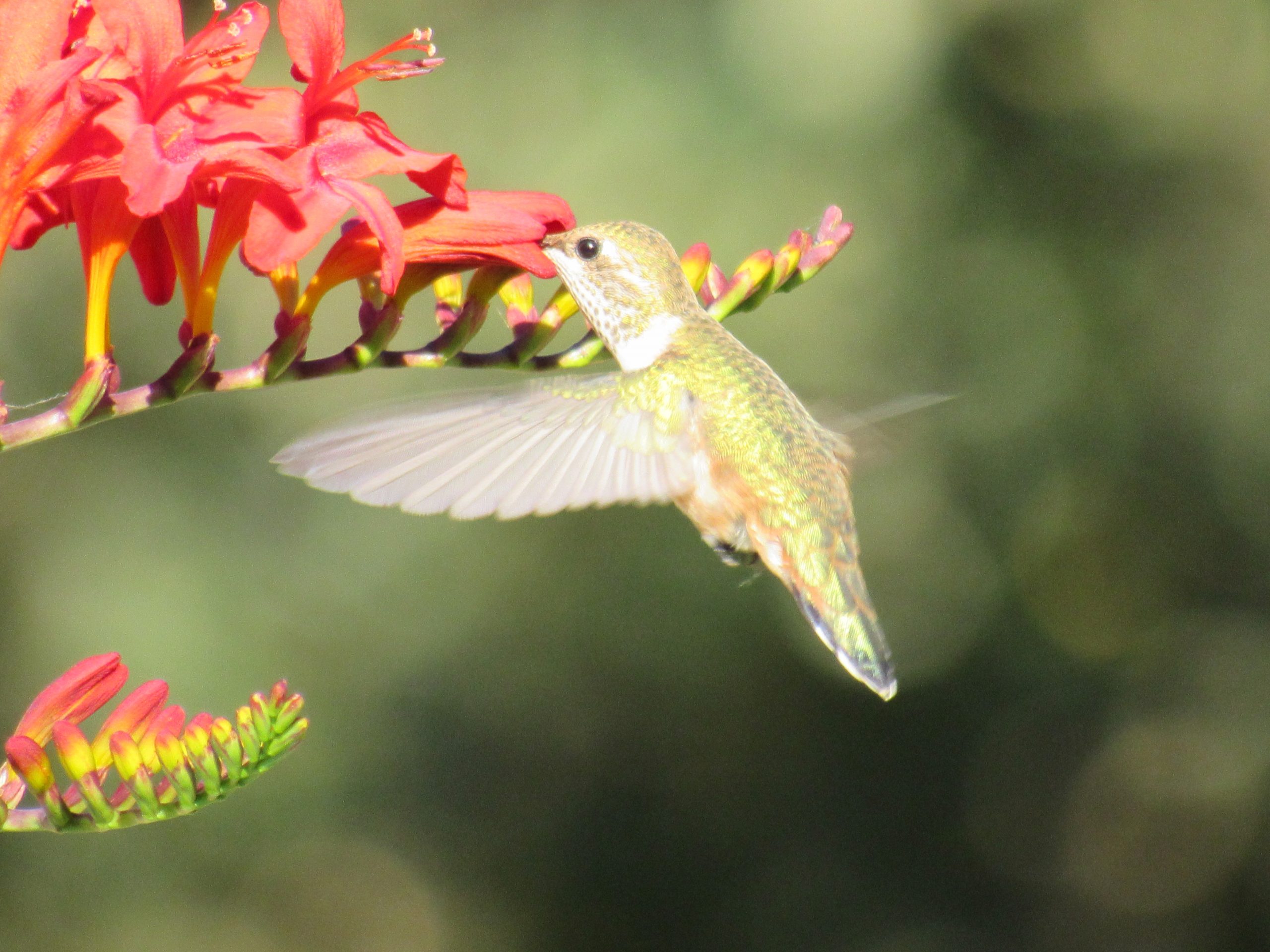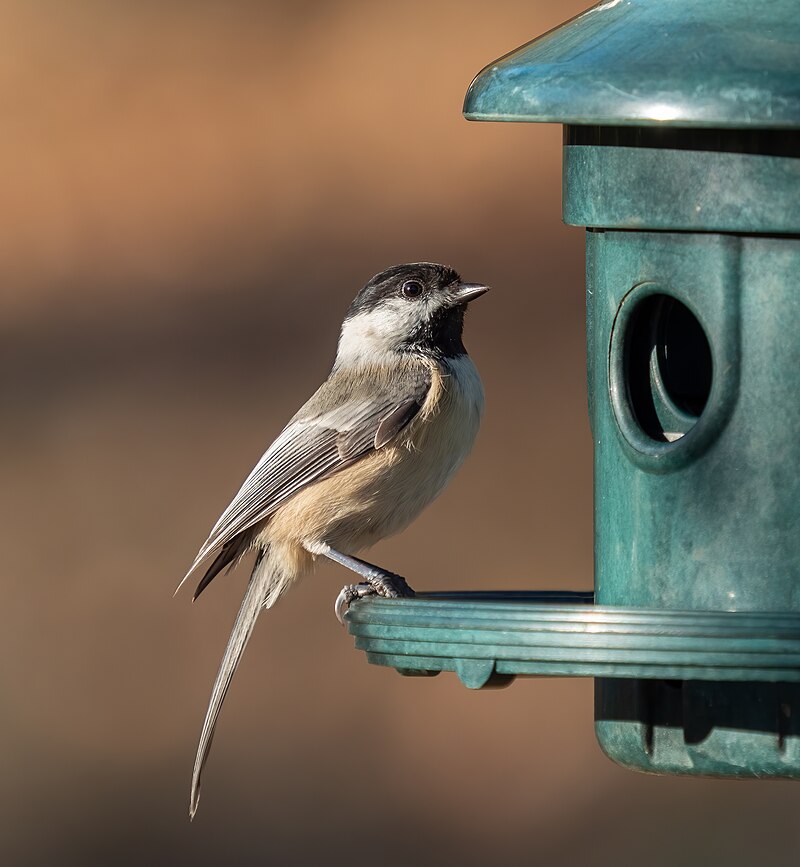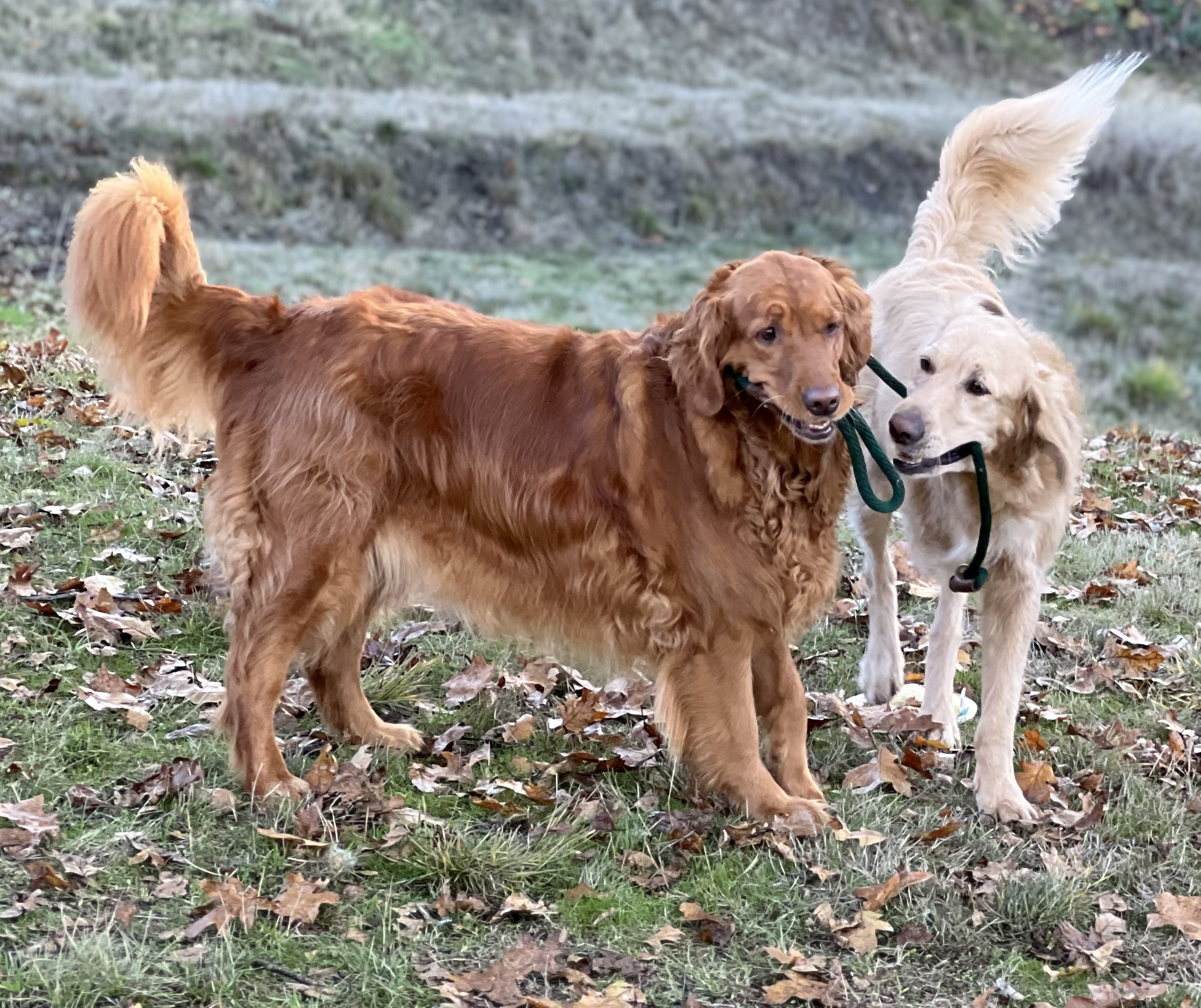
Photo Credit: Holly Cunha Crocosmia
Attracting hummingbirds to your yard can bring a burst of color and activity, making your garden a delightful haven for these tiny, vibrant birds. To successfully draw hummingbirds, you’ll need to plant the right flowers and maintain proper feeder care.
Hummingbirds are particularly attracted to brightly colored flowers with high nectar content. Crocosmia is a standout choice. Known also as montbretia, this perennial plant features striking tubular flowers in bright red to orange hues. It blooms from mid to late summer and its vibrant colors and tubular shape make it a favorite among hummingbirds.
Bee balm (Monarda) is another excellent option. This plant showcases clusters of tubular flowers in shades of red, pink, purple, or white, blooming from summer to early fall. The bright colors and high nectar content of bee balm are irresistible to hummingbirds.
Salvia, or sage, includes various species with flowers in red, purple, pink, and blue. Blooming from late spring to fall, salvia’s tubular flowers and abundant nectar make it a magnet for hummingbirds.
Trumpet vine (Campsis radicans) is a vigorous climber that produces large, trumpet-shaped flowers in red, orange, or yellow. It blooms from summer to early fall and its large, tubular flowers are perfect for hummingbird feeding.
Fuchsia plants, with their pendulous, tubular flowers in red, pink, purple, and white, are also a hit with hummingbirds. They bloom from summer to fall and their nectar-rich flowers are a favorite among these birds.
Cardinal flower (Lobelia cardinalis) offers spikes of bright red, tubular flowers that bloom from late summer to fall. Its vivid red color and high nectar content make it an ideal plant for attracting hummingbirds.
In addition to planting these nectar-rich flowers, you can further attract hummingbirds by providing feeders. It’s important to know what to put in the feeders to ensure the health and safety of these delicate birds. Homemade nectar is the best choice. A simple recipe involves mixing four parts water with one part white granulated sugar. Boil the mixture to dissolve the sugar and kill any potential contaminants, then let it cool before filling the feeder. Change the nectar every 2-3 days, and more frequently in hot weather, to prevent fermentation and mold growth.
Avoid using red dye in the nectar. While many commercial products contain red dye, it is unnecessary and potentially harmful to hummingbirds. Most feeders already have red parts that attract the birds without needing dyed nectar. Also, never use honey, artificial sweeteners, or brown sugar in the nectar. Honey can ferment and grow mold quickly, which is harmful, and artificial sweeteners and brown sugar do not provide the necessary energy and can cause health issues.
Cleanliness is crucial. Dirty feeders can harbor mold and bacteria, which can be fatal to hummingbirds. Regularly clean your feeder with hot water and a brush, avoiding soap that can leave harmful residues.
To further create a hummingbird-friendly environment, provide a shallow birdbath or a mister for water. Hummingbirds need water for drinking and bathing. Avoid using pesticides, as chemicals can contaminate nectar and harm hummingbirds. Opt for natural pest control methods. Finally, create perching spots by including trees, shrubs, or strategically placed sticks where hummingbirds can rest.
By incorporating these plants and maintaining proper feeder care, you can transform your yard into a haven for hummingbirds, enjoying the mesmerizing sight of these beautiful birds as they flit from flower to feeder, bringing life and color to your garden.





